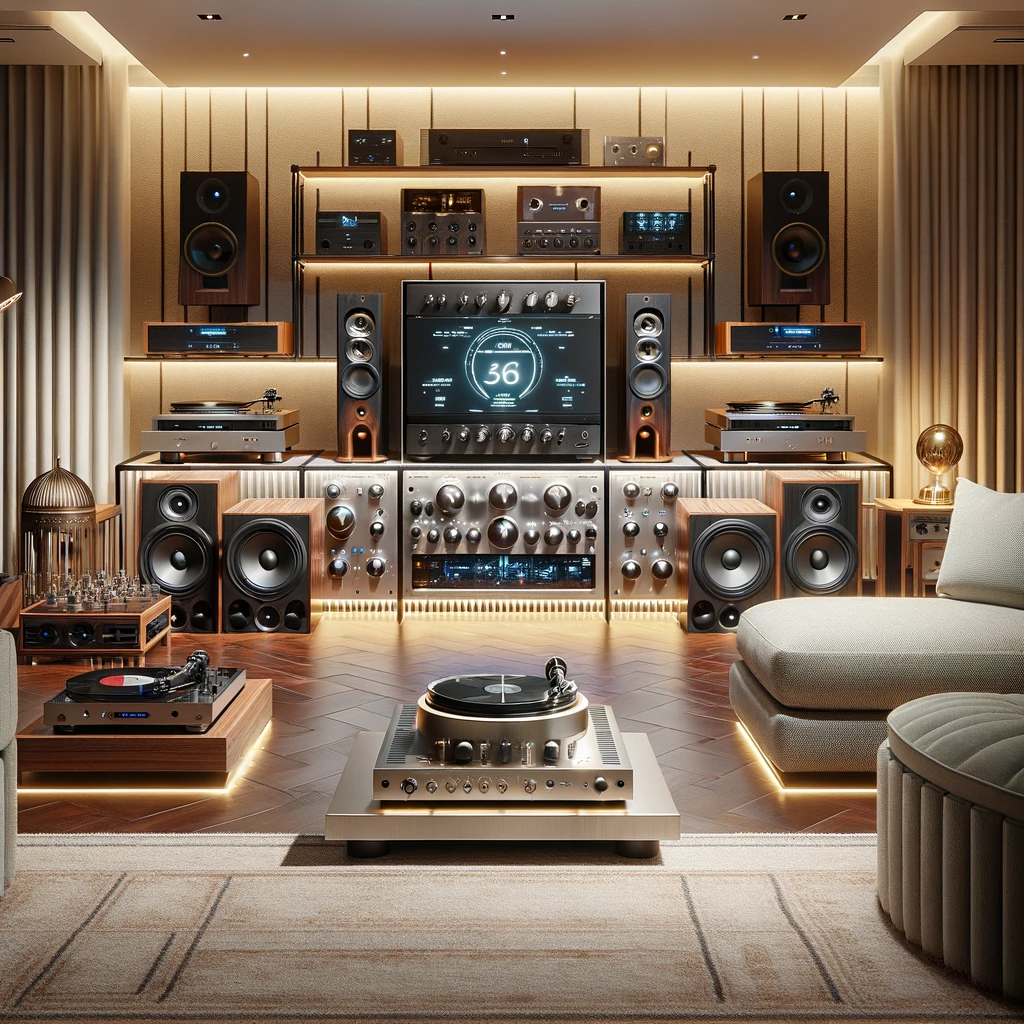In the world of high-fidelity audio, the quest for the perfect sound experience is unending. Enthusiasts and professionals alike understand that the quality of audio equipment, especially amplifiers, plays a crucial role in achieving sonic perfection. Among the myriad specifications and features that audiophiles pore over, power ratings stand out as a critical factor that can make or break an audio setup. This article delves into the importance of understanding power ratings in amplifiers and audio equipment, guiding you toward making informed decisions that enhance your listening experience.

The Foundation of Sound: Power Ratings Explained
At its core, the power rating of an amplifier signifies its ability to deliver sound to your speakers without distortion. Measured in watts, this figure is not just a number; it’s an indicator of the amplifier’s potential to bring your audio to life. However, the relationship between power ratings and sound quality is not straightforward. It’s a delicate balance, where too little power can lead to weak, lifeless audio, while too much might cause damage to your speakers.
The Significance of Matching: Amplifier and Speaker Synergy
One of the most critical aspects of optimizing your audio equipment setup is ensuring that the power ratings of your amplifier and speakers are well-matched. An underpowered amplifier might struggle to drive the speakers at high volumes, leading to distortion and potentially harming the speakers. Conversely, an overly powerful amplifier can easily overpower and damage the speakers if not carefully managed. The key is to find a harmonious balance that allows for dynamic, full-range sound reproduction without risking damage to your components.
Decoding Power Ratings: RMS vs. Peak Power
When evaluating amplifiers and audio equipment, you’ll encounter terms like RMS (Root Mean Square) and peak power. RMS power is the most reliable indicator of an amplifier’s performance, representing the continuous power it can deliver safely and consistently. Peak power, on the other hand, indicates the maximum power an amplifier can produce in short bursts. For a true representation of an amplifier’s capabilities, focus on the RMS power rating and ensure it aligns with the power handling of your speakers.
The Role of Headroom in Audio Quality
Headroom in audio equipment refers to the extra power available beyond what is needed for normal listening levels. This reserve power is crucial for handling dynamic peaks in music or soundtracks without distortion. Amplifiers with adequate headroom can deliver these peaks with clarity and precision, contributing to a more immersive and dynamic listening experience. Therefore, considering an amplifier’s headroom is essential when assessing its power ratings and overall performance.
Making the Right Choice: Considerations Beyond Power Ratings
While power ratings are a fundamental aspect of selecting amplifiers and audio equipment, they are part of a broader set of considerations. Factors such as the amplifier’s design, the quality of its components, its compatibility with your speakers, and the acoustics of your listening environment all play significant roles in the overall sound quality. Additionally, personal preferences in sound characteristics, such as warmth, clarity, and bass response, should guide your choices as much as technical specifications.
In conclusion, understanding the importance of power ratings in amplifiers and audio equipment is a critical step toward achieving the ultimate audio experience. By considering power ratings in the context of your specific needs and the broader audio setup, you can make informed choices that bring out the best in your music and soundscapes. Remember, the goal is not just to listen but to feel and connect with the sound, and the right amplifier power rating is key to unlocking that emotional resonance.
